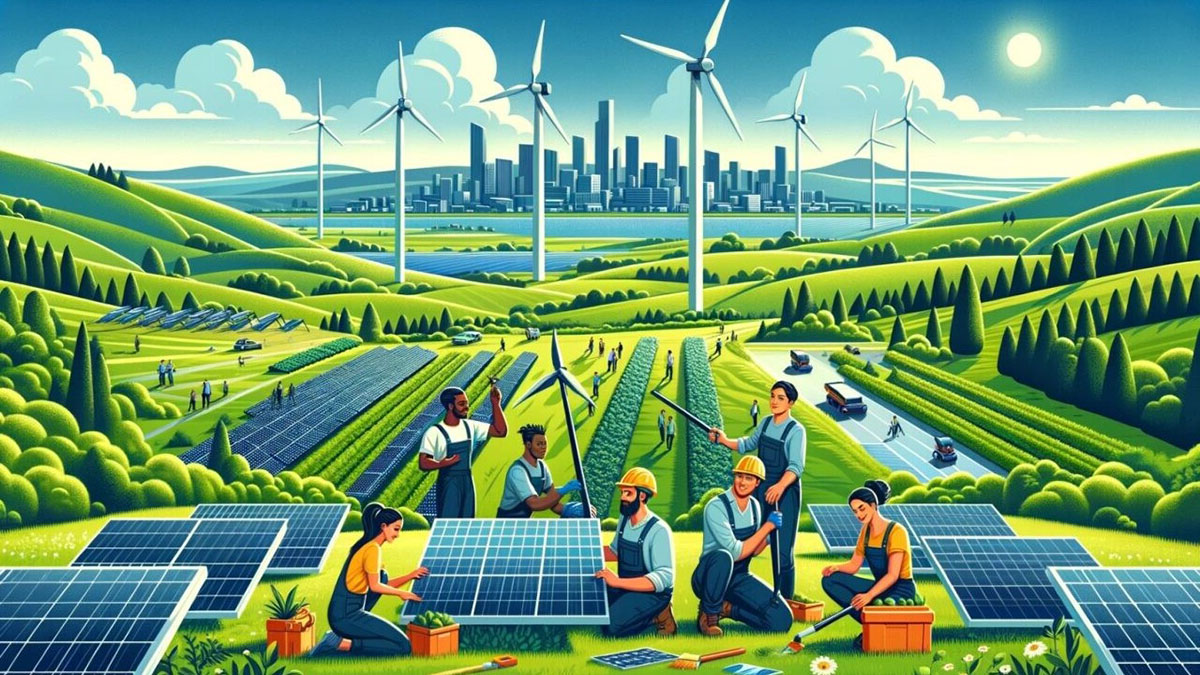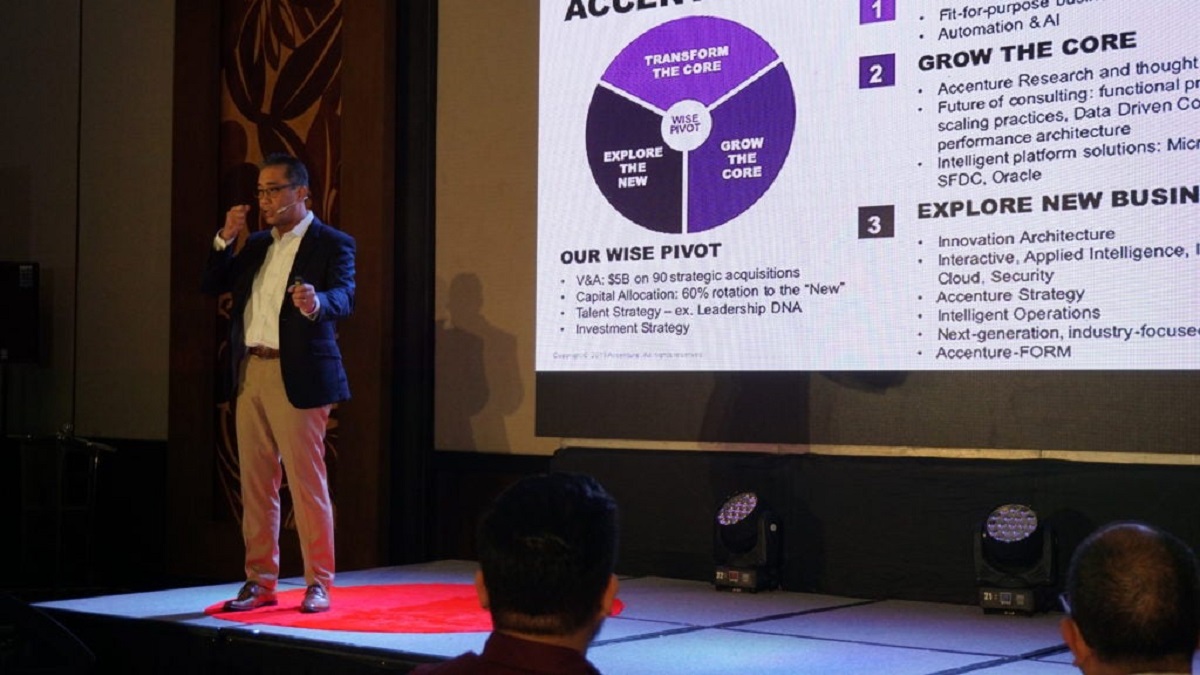The landscape of venture capital funding is undergoing a significant shift, with megarounds becoming increasingly rare. However, for startups in the energy sector, the market remains surprisingly robust. Let’s delve into the latest developments in the world of energy startups and the changing trends in venture capital funding.
Key Takeaway
The energy sector is witnessing a surge in megaround investments, signaling a shift in the venture capital landscape. With a focus on diverse technologies and geographic diversity, energy startups are attracting substantial funding, driving innovation in the industry.
Powering Up: The Rise of Energy Startups
In recent years, the number of nine-figure funding rounds, also known as “megarounds,” has been on the decline. Despite this trend, energy startups focused on the future of power generation and distribution are defying the odds by securing substantial funding. This includes companies working on solar power generation, batteries, and EV charging.
From the start of 2023 through March 4 of the same year, 11 deals met our criteria, with seven based in China. However, during the same period in 2024, the number of deals meeting the criteria remained consistent at 12, with only one being a Chinese company. This shift indicates a reformed global venture capital market with a changing geographic distribution of funding.
A Reformed Global Venture Capital Market
The global venture capital market is experiencing a slowdown in capital flowing into technology startups, particularly in the later stages of startup formation. The number of nine-figure deals has decreased, reflecting a shift in investor sentiment and market dynamics. However, the energy sector has seen a notable increase in the proportion of megarounds, signaling a growing focus on this industry.
Inside Energy’s Power Surge
In 2023, China dominated energy megarounds, with significant investments in solar panels and battery materials. Fast-forward to 2024, and the landscape has evolved, with a more diverse distribution of megarounds across the U.S. and EU. This shift is attributed to industrial policies such as the Inflation Reduction Act in the U.S. and the Green Deal in the EU, which have incentivized reshoring of key parts of the climate tech economy.
Furthermore, the range of technologies receiving megaround investments has expanded to include geothermal energy, industrial heat, e-fuels, battery recycling, EV charging, lithium mining, and geologic hydrogen. This diversification reflects the maturation of early-stage companies and their journey toward commercialization, garnering confidence from investors.

























